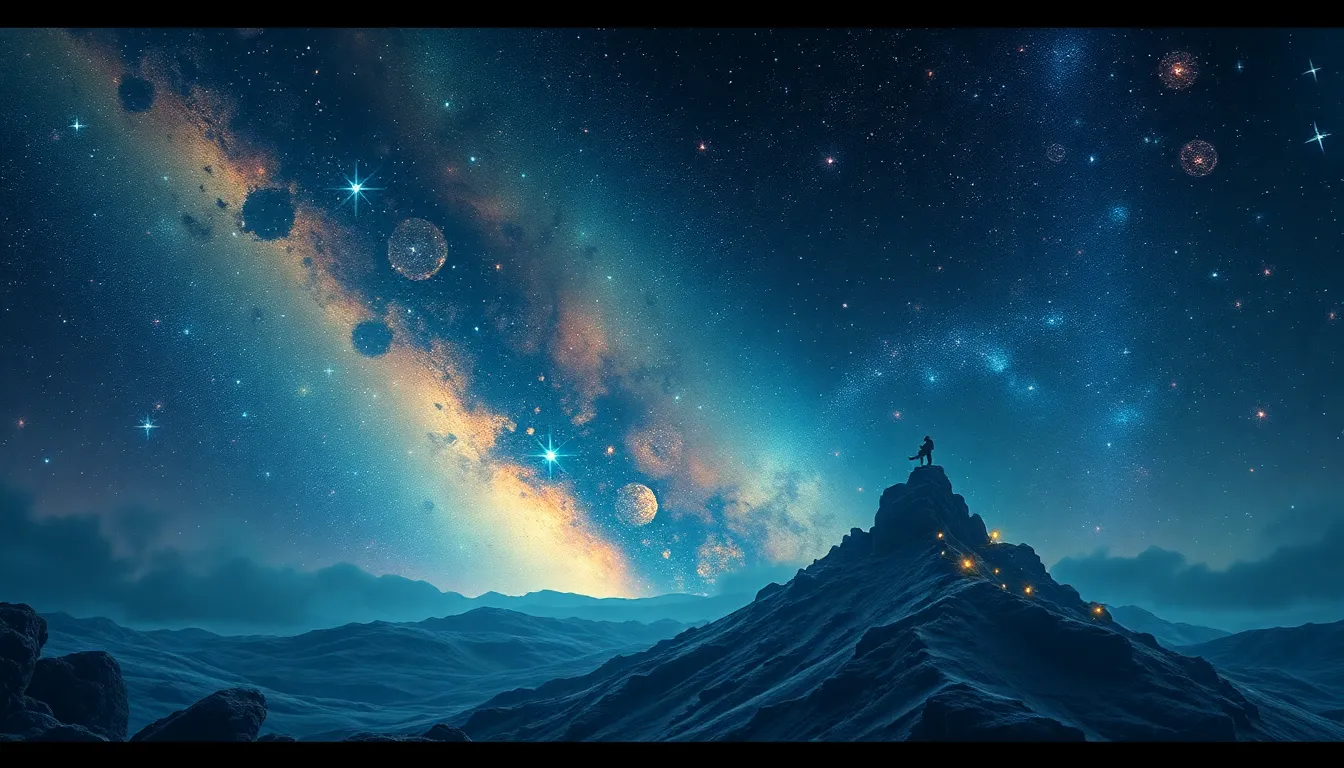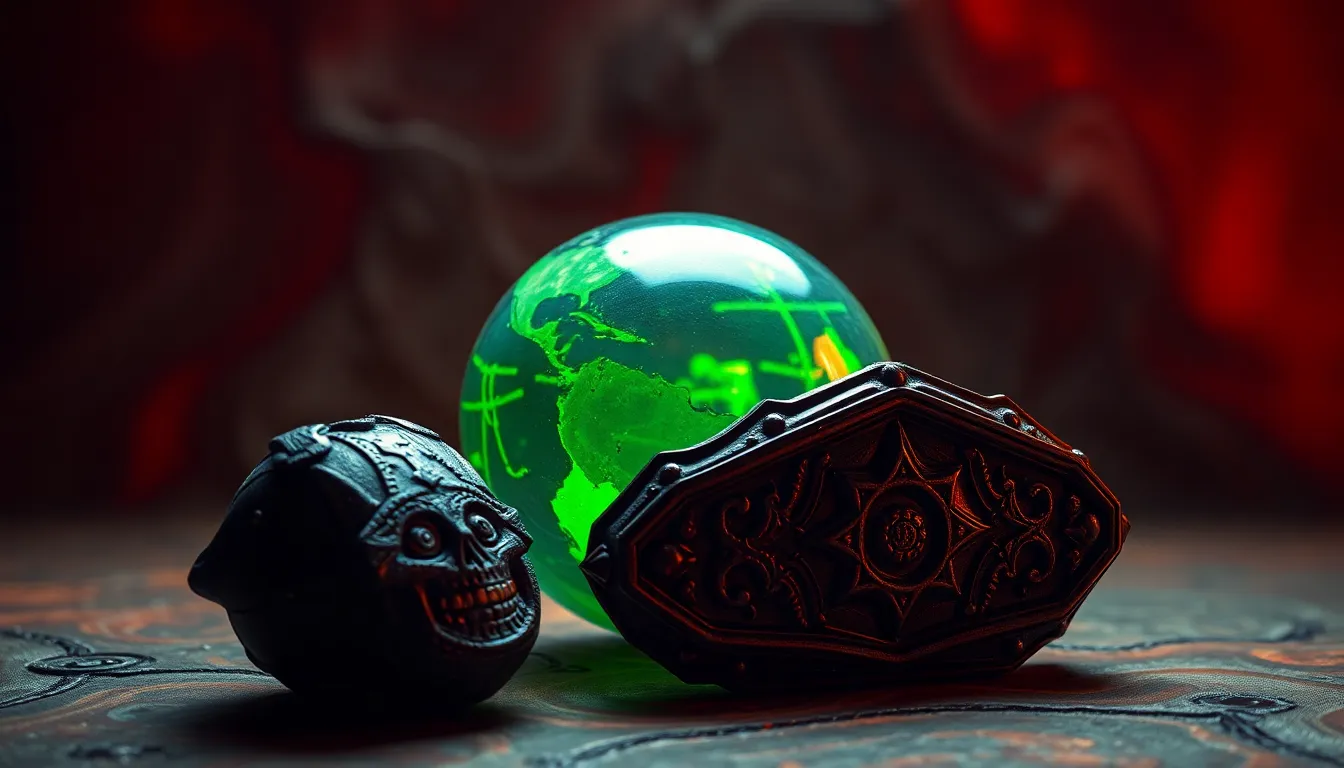Maori Cosmology: A Universe of Stories
Maori mythology, woven into the very fabric of the New Zealand landscape, offers a captivating perspective on time and space. It's a universe of stories that not only explain the origins of the world but also provide a rich tapestry of understanding about the human experience. The Maori people, known as the Tangata Whenua (people of the land), have long used these stories to pass down knowledge, values, and beliefs across generations. Understanding their cosmology is key to grasping their philosophy of time and space, a system where the physical and spiritual are deeply interwoven.
The Tangata Whenua: Creators of Time and Space
The Tangata Whenua believe that the universe, and indeed time itself, was brought into existence by powerful deities who shaped the world as we know it. This creation narrative, passed down through generations in the form of oral traditions and songs, is a testament to the profound connection between the Maori people and their environment. Their understanding of the world is not simply a matter of observation; it is a result of a rich and vibrant spiritual tradition that permeates all aspects of life.
The Maori believe that the universe, and the very concept of time itself, is a product of a divine creation. This divine creation is not a single event but a series of transformations, a journey from "nothingness" to the vibrant, living world we inhabit. The concept of time in Maori mythology is not linear, as we often perceive it, but cyclical, with a constant interplay between the past, present, and future. This cyclical nature of time is reflected in their understanding of life, death, and rebirth, as well as the constant renewal of the natural world.
The Concept of “Te Kore” – The Void Before Creation
Before the universe existed, there was only "Te Kore," a state of absolute nothingness, a void devoid of form or substance. This concept of "Te Kore" is not simply a state of emptiness but a potentiality, a state of pure possibility waiting to be realized. It is from this state of "Te Kore" that the universe, and the very concept of time and space, eventually emerges.
“Te Po” – The Night of Creation and the Birth of the Universe
From "Te Kore" emerged "Te Po," the night of creation. This was a time of darkness, but it was also a time of gestation, a period of incubation where the seeds of the universe were sown. "Te Po" was a period of transformation, a movement from nothingness to somethingness, where the first elements of the universe began to take shape. This period of creation represents the birth of the universe, the emergence of time and space from the void.
The Divine Ancestors: Shaping the Landscapes of Aotearoa
The Maori believe that the world was formed by powerful gods and goddesses, known as their divine ancestors. These ancestors, through their actions and interactions, shaped the landscapes of Aotearoa, the Maori name for New Zealand. Their stories detail the creation of mountains, rivers, forests, and even the stars themselves. They are not mere mythical figures but powerful forces who brought life and order to the universe.
These divine ancestors are not merely creators but also guardians of the natural world. They are invoked in ceremonies and rituals, and their presence is felt in the stories and traditions passed down through generations. The actions of the divine ancestors serve as a blueprint for human behavior, reminding the Maori people of their responsibility to maintain harmony with the natural world.
This understanding of the divine ancestors highlights the interconnectedness of the physical and spiritual realms in Maori cosmology. The landscape of Aotearoa is not simply a collection of mountains, forests, and rivers; it is a living, breathing entity, imbued with the spirits of the divine ancestors who shaped it.
The Significance of Whakapapa: Tracing Connections Through Time and Space
Whakapapa, the Maori system of genealogy, is a powerful tool for understanding their concept of time and space. It's more than just a family tree; it's a living narrative that connects individuals to their ancestors, the natural world, and the very essence of creation. Think of it as a web of interconnectedness, stretching back to the beginning of time and reaching out to every living thing.
Whakapapa is a vital part of Maori culture. It’s a core value that serves as a guide for behavior and a source of identity. It highlights the importance of remembering and honoring our ancestors, demonstrating our responsibility to future generations. This concept helps maintain a strong sense of community and connection to the land, emphasizing the interconnectedness of all things.
Through whakapapa, the Maori understand their place in the universe as part of a continuous journey, not just in terms of lineage but also in relation to the natural world. The connections established through whakapapa create a deep understanding of time and space. It allows the Maori to visualize their past, present, and future as a fluid and interconnected tapestry.
“Te Ao Marama” – The World of Light and the Cycle of Time
"Te Ao Marama," the world of light, is the realm of the living, a realm of vibrant energy and constant change. This is the world we experience every day, shaped by the light of the sun and moon, the cycle of the seasons, and the ebb and flow of life. This world is a tangible manifestation of "Te Po," the night of creation, a world where time moves in a cyclical pattern, influenced by the natural world.
The Maori believe that time in "Te Ao Marama" is a continuous cycle of renewal and regeneration, closely tied to the natural world. They see the seasons as a natural rhythm, a dance of birth, growth, death, and rebirth. This cyclical view of time is reflected in their rituals, festivals, and ceremonies, which celebrate the natural world and acknowledge the interconnectedness of all things.
The concept of "Te Ao Marama" demonstrates how the Maori see time as a dynamic and ever-evolving force. It's not a straight line but a spiral of interconnected events, each one influencing the next. This understanding of time is deeply linked to their respect for the natural world and their awareness of the cyclical nature of life, death, and rebirth.
The Journey of the Soul: A Continuous Cycle of Life, Death, and Rebirth
The Maori believe that the soul, or "wairua," continues its journey even after death. It travels to the spirit world, "Te Kore," where it rests and renews itself before eventually being reborn into the physical world. This cyclical journey highlights the interconnectedness of life, death, and rebirth. It is not just a linear progression but a continuous cycle, a dance of transformation and renewal.
The Maori see death as an integral part of the cycle of life, not an end but a transition. They believe that the soul, after death, spends time in the spirit world, reconnecting with ancestors and gaining wisdom before being reborn into the world of the living. This journey is not a passive process but an active one, a continuous cycle of learning, growth, and transformation.
The Influence of the Natural World: A Tapestry of Time and Space
The natural world is deeply ingrained in Maori mythology and plays a pivotal role in their understanding of time and space. They see the mountains, rivers, forests, and stars as living entities, each with its own unique history and spirit. This connection to the natural world is not simply a matter of observation; it's a profound spiritual connection that shapes their worldview.
The Maori believe that the natural world is a source of knowledge, wisdom, and guidance. They learn from the cycles of the seasons, the migration of birds, and the ebb and flow of the tides. This understanding of the natural world gives them a deep appreciation for the interconnectedness of all things and the cyclical nature of time.
The natural world serves as a constant reminder of their place in the universe, their connection to their ancestors, and their responsibility to future generations. It is a living tapestry of time and space, woven with stories and lessons that have been passed down for generations.
Theories of Maori Time and Space: A Contemporary Perspective
Today, Maori intellectuals and scholars are exploring the nuances of Maori cosmology, drawing connections between traditional beliefs and modern scientific thought. They are examining how concepts such as whakapapa and "Te Ao Marama" can offer fresh perspectives on issues of identity, sustainability, and the future of the planet.
Modern-day interpretations of Maori cosmology explore how these traditional beliefs can help us navigate the complexities of the modern world. By understanding the Maori worldview, we can gain a deeper appreciation for the interconnectedness of all things and the importance of respecting the natural world. These insights can help us build a more sustainable and equitable future for all.
FAQ
What is the Maori concept of "Te Kore"?
"Te Kore" is the state of nothingness that existed before the universe was created. It's a void, a potentiality, a state of pure possibility.
How is "Te Po" different from "Te Kore"?
"Te Po" is the night of creation, emerging from "Te Kore." It's a period of gestation, transformation, and incubation, where the first elements of the universe started to form.
What role does Whakapapa play in Maori cosmology?
Whakapapa is a genealogical system connecting individuals to their ancestors, the natural world, and the origins of creation. It's a powerful tool for understanding time, space, and interconnectedness.
How does the Maori view death?
Death is seen as a transition to the spirit world, "Te Kore", where the soul rests and renews itself before being reborn into the world of the living.
What is the relationship between Maori cosmology and the natural world?
The natural world holds a profound spiritual significance for the Maori, providing knowledge, wisdom, and a connection to their ancestors. It's a living tapestry of stories and lessons that shape their understanding of time and space.




